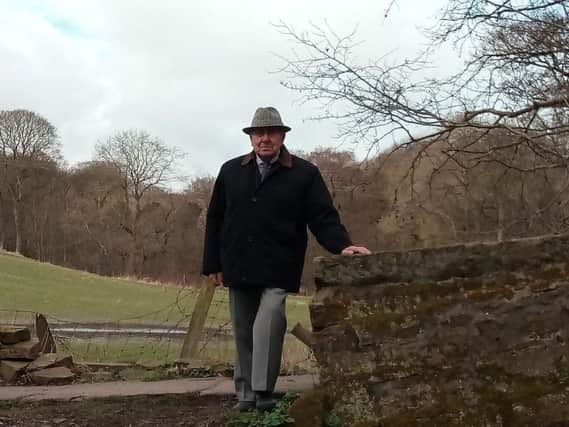Council u-turn on housing after Historic England slam proposals


Planners have been forced into a u-turn over proposals to put new homes on green belt fields alongside a historic Yorkshire packhorse route following intervention from Historic England which warned development would cause “considerable harm”.Barnsley Council had come up with the plan to put new homes on fields in the village of Oxspring to help meet the need for new housing in the town in the decades ahead but have now climbed down over the proposal because Historic England have raised concerns about the impact of development on historic assets, including a Grade II Listed bridge used historically by packhorses to cross the River Don on the route from Cheshire to Yorkshire with salt cargoes.They announced the change days before the suggestion was due to be scrutinised by a Government planning inspector at a series of examination hearings, with former councillor and lifelong Oxspring resident John Wade, 92, welcoming the about turn, saying: "I thought Barnsley Council had lost leave of their senses."The inspector must be satisfied the council’s proposals, which include a wide range of proposed developments across the borough into the 2030s are ‘sound’ before they can be formally adopted.Fields between the River Don and Sheffield Road were only included in the overall plan relatively recently, after inspector Sarah Housden decreed the council had not provided enough housing land to cope with expected jobs growth over the same period and suggested more sites in village locations should be found.Consultations were held over more than a dozen new sites earlier this year, with several generating opposition from residents, including that in Oxspring.The situation is complicated further because a developer is lobbying for an alternative site on the edge of the village to be given over for housing, on land which was dismissed by planners when the process of allocating potential sites started several years ago.Suggested sites were “scored” at that time to decide whether they should be further examined and the site proposed by Yorkshire Land, on fields alongside the Trans Pennine Trail, was ruled out.But the company now believes the score given was miscalculated and will be raising that issue with the inspector as the hearings unfold.Barnsley Council have now said they have reconsidered the site alongside the River Don, which had been broken down into two sections, and were no longer proposing them for development.Historic England had warned the council of the impact of developing housing so close to the historic Willow Bridge and the trail.The organisation said: “The bridge is important as one of the crossings along the saltway - the historic packhorse route that was used for, amongst other things, the transportation of salt from Cheshire to Yorkshire. “This route forms part of the Trans Pennine Trail, the coast-to-coast path that runs between Southport and Hornsea.“The route, itself, is an essential element in the understanding and appreciation of the Listed Bridge. As such, it makes a very important contribution to the significance of this designated heritage asset.“The loss of this site and its subsequent development, therefore, would urbanise the rural setting of the bridge harming both views of the bridge but also the experience of those using the packhorse route as part of the long-distance Trans Pennine Trail. “This would result in considerable harm to a key aspect of the setting of the Listed Building. "There is no evidence put forward which demonstrates that the loss of this site and its subsequent development could be achieved in a manner which would be consistent with the conservation of the elements which contribute to the significance of this Listed structure.”Widespread opposition to the council plan had mounted over the last few months, with lifelong resident and former councillor John Wade, aged 92, among them.He said: “I am delighted, because we were heading for a fight over this. The valley is beautiful and not just at this time of year. There is the wildlife, but also a lot of important history there and it was ridiculous to even think of using that land.”He believes Yorkshire Land’s alternative site should now be developed because it has boundaries which would mean the site remained contained with not potential for further creeping development in future.“It would also mean about 40 afford houses as well as more expensive ones and I like that idea,” he said.